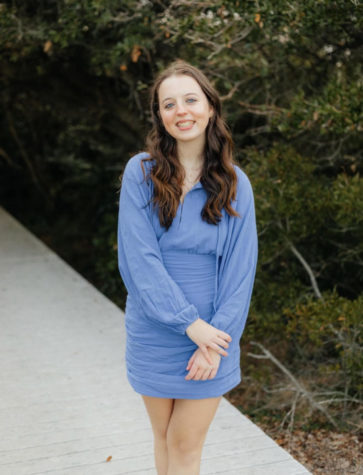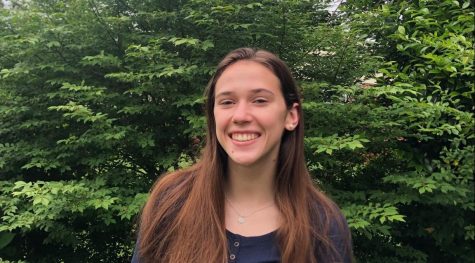PA projected to become fully MYP
February 14, 2022
Along with the upcoming school rebuild, the typical PA classroom is projected to undergo major change. Over the next seven years, all ninth and tenth grade classes will transition to become MYP-centered, along with the pre-existing academy classes. This change is requiring all current non-MYP teachers to learn how to implement these program standards into their classrooms. MYP stands for “Middle Years Program” that students who intend to enter the two-year International Baccalaureate (IB) program take to prepare them for the rigors of high-level classes.
This school-wide MYP transition process began two years ago, with non-MYP English and science teachers getting trained. Last year, this continued with the remainder of the core content areas, including physical education. The only teachers who have not been trained are those that teach 11th or 12th grade, an AP class, or Tech-Ed.
According to IB coordinator Jamie LaCava-Owen, “The main difference between MYP and ‘normal’ [classes] is grounding every single unit with a concept.” This means that once this transition has been completed, all teachers will guide their students to make deeper connections with the content they are learning. Essentially, “Students are learning by letting them attach [the content] to something broader.”
LaCava-Owen explains that this change will be implemented for a couple of years before the school moves into the next phase. This will include incorporating MYP assessments, projects, and rubrics into the 9th and 10th grade curriculum. Another difference between the two classrooms is that MYP uses a point system to score its program requirements. For example, the Personal Project that MYP students complete over the summer of their freshman year is graded on a 1-8 scale.
One reason why PA is beginning to transition into a fully MYP school is that when the school was last evaluated, administrators noted that “one part of being an MYP school is it must be extended to all people in the school.”
Still, the main difference between students that applied to be a part of the program and those who are zoned for the school is that academy students intended to transition into the IB Diploma Program their junior year. Therefore, they anticipate having to learn at an “accelerated pace,” explains LaCava-Owen.
This means that the 9th and 10th grade classrooms for students zoned for the school will still look slightly different from the academy classrooms, in order to “meet students where they are,” but without sacrificing the creative assignments and the “learn-by-doing” philosophy that are the hallmarks of the MYP program.
Overall, LaCava-Owen anticipates that this transition will be beneficial for all students, as the “MYP classroom offers more of an opportunity to work on different approaches to learning skills.”





